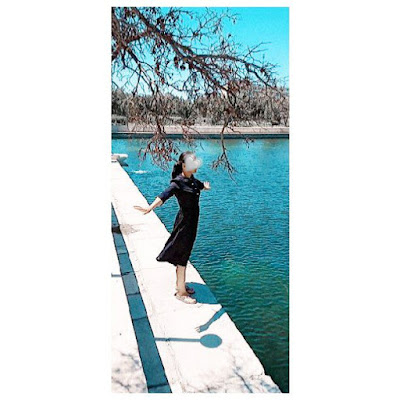Tomb of the Samanids and Chashmai Ayub

Hello, it's me👀 Now, we are going to talk about Tomb of the Samanids During the 10th century, Samanids' capital, Bukhara, was a major political, trade and cultural center that patronized science, architecture, medicine, arts and literature. Cultural and economic prosperity was fueled by Samanids' strategic positioning along the trade routes between Asia, Middle East, Russia and Europe. It is believed that the Mausoleum was built to emphasize the dynastic power of the Samani family and to link its history with their newly established capital. There are various estimates by the researchers of when the Mausoleum was built. Some attribute it to the reign of Ismail Samani (r. 892–907 CE), a founder of the dynasty (b. 849), some reference Ismail's father, Ahmad,who governed Samarkand. Others attribute the building to the reign of Ismail's grandson, Nasr I who ruled (r. 914–943 CE). The reason for this later attribution is the lintel with inscribed Kufic script with his...





